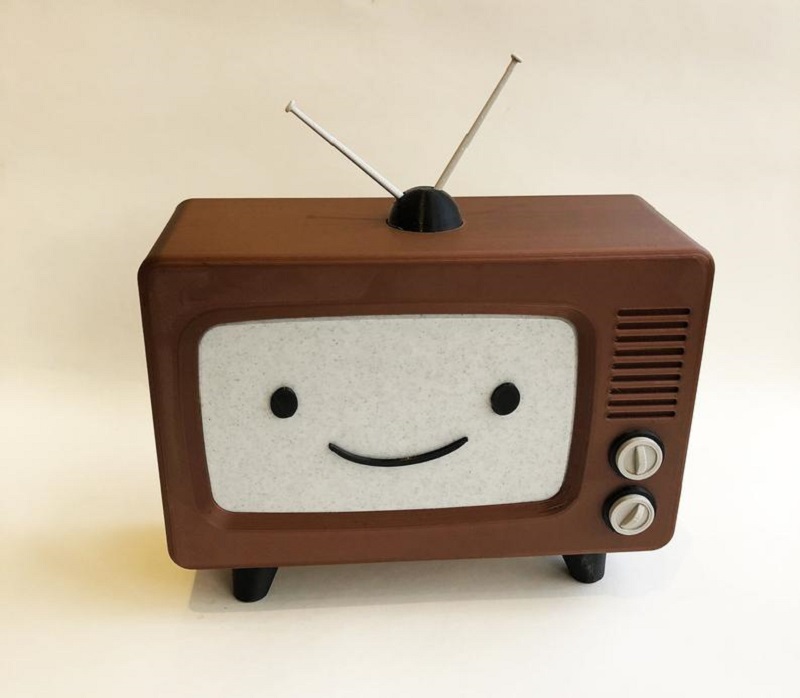Formerly known as Nifty Nook, Made in Urbana is one of the few new businesses to pop-up and thrive during the pandemic. What is the creative drive behind Made in Urbana? How do you make a successful business during the worst pandemic in 100 years? What are the challenges of 3D printing? Join me in his interview of Made in Urbana founder Judy Lee as we answer these questions and also discuss the lessons Judy learned over the past nine months through running a business during COVID-19.
Smile Politely: Could you introduce yourself to Smile Politely’s readers?
Judy Lee: Hi! My name is Judy. I run a 3D printing studio in town called ‘Made in Urbana’.
SP: Could you talk about how Made in Urbana came from Nifty Nook?
Lee: ‘Nifty Nook’ was the business I had right before ‘Made in Urbana’. Nifty Nook started out as a holiday pop up shop which we turned into a year-round maker shop where local artists and makers could sell their stuff. COVID took us down, and we closed our doors at the start of quarantine.
Through the shop closing and taking all the things we learned from the shop, I realized a lot of barriers that artists and makers have doing it full time. I was also working three jobs at the time, so I understood the problem really personally. I think being an artist is hard because you’re trying to do what you love, and also trying to make money. That’s really difficult.
For example, at the Nifty Nook, I realized that a maker had to solve a lot of problems to go full time. You had to have a healthy audience following to generate regular sales, a product that solved a problem, and a process that allowed you to constantly make your product.
For some of our makers, they had a great product, but it was really difficult to keep up with demand. Others, their product was deeply personal and didn’t resonate with a lot of people. While there was another category of makers that were brand new and didn’t have an audience or developed their product well enough.
I was really fascinated by what I was learning at Nifty Nook and decided to try to solve the problem myself.
Originally, I wanted to launch a laser business. I have been on staff at the CUC Fab Lab for a few years, and they taught me all about fabrication through laser cutters, 3D printers and vinyl cutters. My favorite machine was the laser, so I wanted to do that. Unfortunately, the laser is about 10k, which I didn’t have, and because of COVID I was unable to use the Fab Lab.
That’s when my Fab Lab friend and co-worker, Brandon Rice, steered me toward 3D printing. 3D printing is associated more with rapid prototyping, but he convinced me that it was a useful small manufacturing tool. I was lacking the skills to run a 3D printing business myself, so I partnered with my friend, Jace Peters, who graduated from UIUC with a degree in bioengineering. Before he graduated, he had participated in the Health Make-a-Thon where he had 3D printed a ventilator for a doctor in Africa, so I knew he had CAD and 3D printing abilities.
So from there, we had a process. We replaced handmade processes with robots. Then we needed a product. Immediately I started with the category of fanart, since “Made in Urbana” had zero audience at the time. At the start of COVID, the video game “Animal Crossing” had blown up, so we created a Nintendo Switch stand with a recognizable shape. I went into Animal Crossing specific Facebook groups and shared our product link and it got some traction.
From there, I started a TikTok account and regularly posted videos about what our print farm was up to. I shared everything from the dinners we made at the office to what kinds of machines we used and what products we were making. In a few months we grew our audience to about 40k followers. So now we had the audience check.
Through the spike in attention and sales, we were able to scale from 1 printer, to 4, to 20, to 60, and now we’re up to 100 3D printers. Most of them are at Co-Lab in downtown Urbana, and now we just expanded to Lincoln Square Mall.
We have lots of original products in the works. We’re also working with startups and businesses to do small batch manufacturing for them, and that’s where I’d like to steer the company.
For example, right now we’re working with Photonicare to create model ears for them so users can test their ear equipment. Solving those kinds of problems have been really fun for us, and I also like to showcase the breadth of uses 3D printing has.
SP: What were some of the first products designed and where did those ideas come from?
Lee: I think generally when people think of 3D printing they think of trinkets and fan toys. That’s also where we started. 🙂 In general, we like to solve problems with the things we are making.
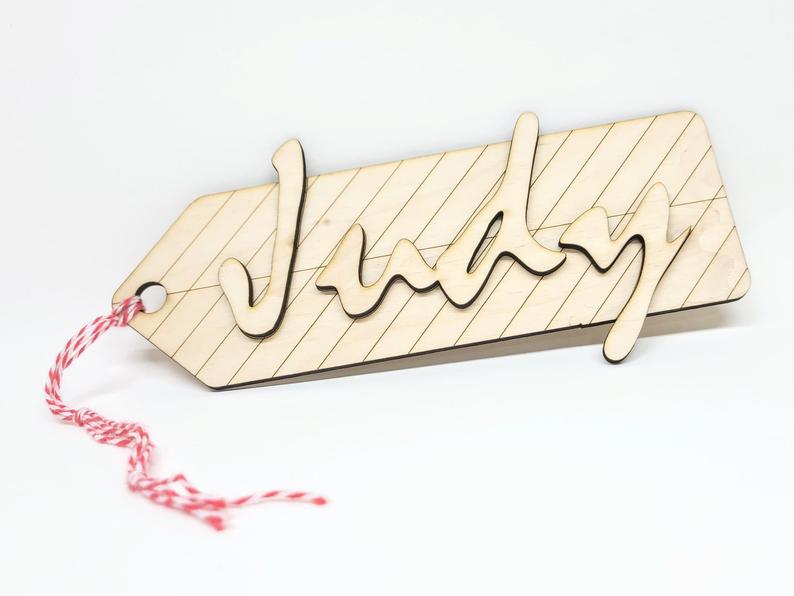
Photo courtesy of Judy Lee and Made in Urbana
SP: Can you explain 3D printing and how it works?
Lee: You can think of 3D printing like a glorified hot glue gun. But a fancy hot glue gun. So the glue stick melts down and liquifies the glue, that’s basically what’s happening with a 3D printer. A piece of plastic filament is fed through the printer into a nozzle that gets hot, and then the printer takes the code / coordinates from a 3D model and then drops the plastic into thin layers and slowly builds up a model from that.
SP: What motivated the decision to focus on 3D printing?
Lee: The business was deeply uncertain, so I wanted to choose a machine that was flexible. Very quickly we can pivot. A lot of times, we get asked why we don’t get into injection molding or some sort of process like that. However, a process like that is good for making a ton of units. 3D printing can pivot with a drop of a hat, which was great for a brand-new business like us.
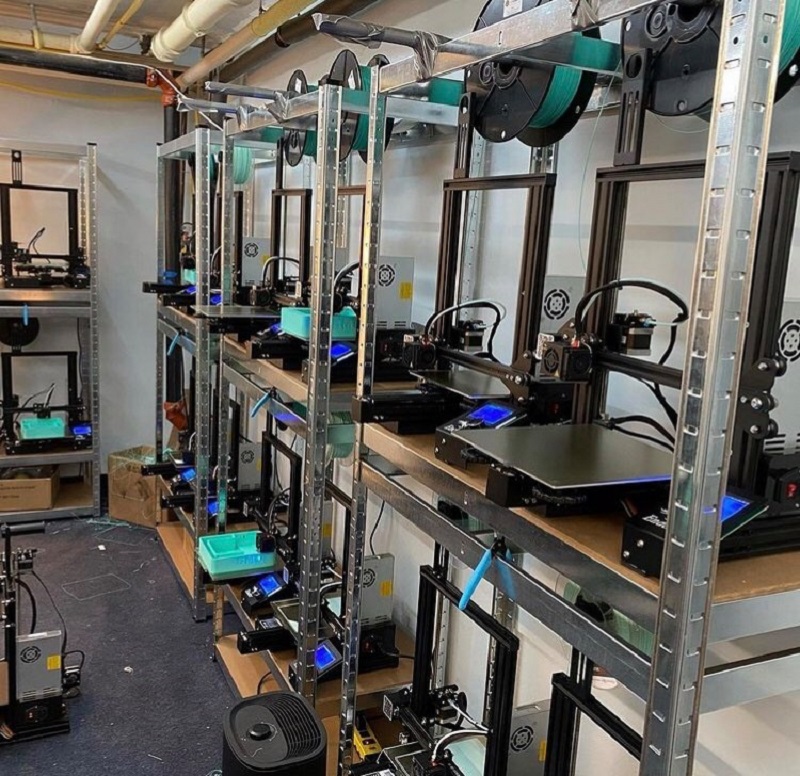
Photo courtes of Judy Lee and Made in Urbana
SP: What makes for good quality material for 3D printing?
Lee: We use PLA plastic. There is a lot of different plastics you can use (for the type of printer we use).
Though there are a lot of printers that can also print in other materials, such as ceramic, resin, and concrete, we chose to start with plastic for now since it’s the most affordable.
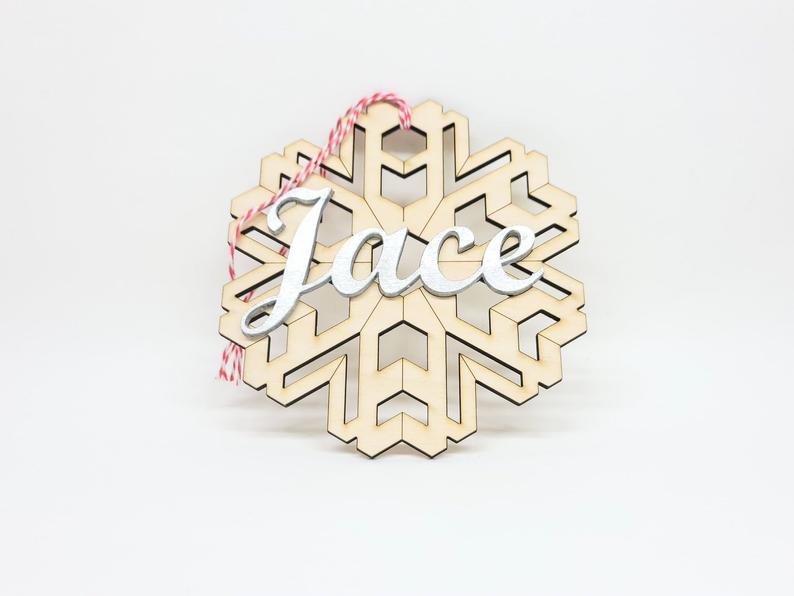
Photo courtesy of Judy Lee and Made in Urbana
SP: What are some common misconceptions around 3D printing?
Lee: That it’s only for trinkets and for education. I think the main comment I get is “oh, I saw a 3D printer at a library” which is fantastic, but I think 3D printing can be also used for other uses beyond showing someone the technology. I’m really excited about its implications for small scale manufacturing. The technology for 3D printing is getting more accessible these days, which means more people can get into it and own their own printer.
SP: What are the some of the biggest challenges and pitfalls working with 3D printing?
Lee: There are a few things to be aware of when getting into 3D printing: it is a relatively slow process since it’s built-up layer by layer. For example, the bulk of our products take roughly 20 hours to print, which means there is a lot of time for a print to fail. We’ve had a series of prints fail when the power has gone out or when the machines need to be cleaned or calibrated. We’re learning everyday about the different processes to maximize our output.
The biggest thing to be aware of is maintaining the printers: we regularly clean out the nozzles and beds to ensure clean prints.
SP: What lessons have you learned so far from MiU?
Lee: I was always fascinated by social media, and have been experimenting with different platforms like YouTube, Twitch, and Instagram, but TikTok is really where things started to explode for my projects. I’ve never gone viral on that scale before, and the business implications have been huge.
Even more than the sales, though, what’s been exciting is I’ve connected with UIUC students from the platform, and even hired a few to help us on the print farm! The ability to connect and build a community on the app has been really interesting and helpful in starting this business.
SP: Would you do anything differently if you started Made in Urbana again today?
Lee: Even though the fanart products have given us a great start, I think I would have preferred to start with an original product. The first listing we made for the Animal Crossing stand was served a cease and desist letter from Nintendo, which is a risk when operating in the fanart category. We did learn a ton from that experience. I think in general, if you’re looking to scale up it’s best to go for original products that don’t rely on fandom.
SP: How does Made in Urbana choose collaborative partners for projects?
Lee: We’re approaching people all the time, and sometimes people reach out to us. We’re pretty open when it comes to collaborating. For the time being, if it makes sense to produce the idea in 3D printing, we’ll investigate if it makes sense for both parties to pursue the project. So far a lot of our clients come from TikTok and Instagram.
SP: What sorts of collaborative projects has Made in Urbana done so far?
Lee: Our favorite collaboration so far has been with Will Craig, who’s studio is next to ours at the [co][lab] (a co-working space in downtown Urbana). He’s an architect and metalsmith who makes beautiful bespoke jewelry. I challenged him to make a 3D printed jewelry line, and he did! His goal was to make pieces that didn’t look 3D printed at all. He created the designs in CAD, and we 3D printed it. We tried all kinds of material including plastic infused with metals, plastic infused with glitters, and even a glow in the dark material. The interesting thing he did was he finished all the pieces so they truly don’t look 3D printed. You can find Will’s Etsy here.
SP: Are you looking for specific types of partners to collaborate with at the moment?
Lee: We would love to work with startups and businesses that would benefit from small scale manufacturing.
For example, there is a guy in Australia that makes custom car parts with his 3D printers instead of getting them mass produced in China.
I think people might be surprised to know the quality 3D printers are capable of, and we want to push that capability of 3D printing as hard as we can.
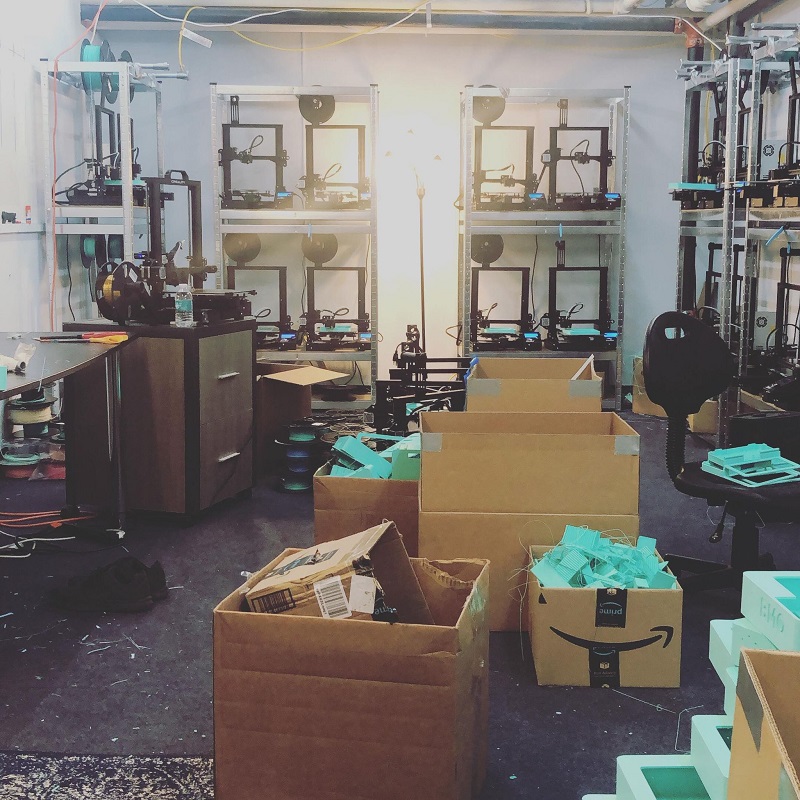
Photo courtesy of Judy Lee and Made in Urbana
SP: How has social media and the pandemic affected Made in Urbana?
Lee: Nifty Nook closed because people can’t freely shop like they did previous to the pandemic, so we knew that it was really important to grow an audience on social media. We’re able to ship packages all around the world, which is really cool. It’s fun to represent Urbana online, and everyone pronounces “Urbana” slightly differently.
SP: How can people order from Made in Urbana?
Lee: We’re on Etsy and Shopify.
SP: What do you see as the future of MiU?
Lee: 3D printing has been our start, but we would love to get into more fabrication techniques! Through a generous COVID grant, we were able to get a laser cutter. We would love to get into resin printing next!
SP: Looking back, what’s it been like being an artist and small business owner in Champaign-Urbana?
Lee: I’m really happy and proud to incorporate “Urbana” into our business name. Previous to MiU, I’ve been a local illustrator and teacher in town. Honestly, I don’t think I would have made it as far as I have without the support of the different friends and communities I’ve joined while I’ve lived here.
SP: Do you have anything you want to share with the readers of Smile Politely?
Lee: Thank you so much for supporting us! I’m looking forward to giving back to Champaign – Urbana in all sorts of creative ways. 🙂
Top image courtesy of Judy Lee and Made in Urbana








